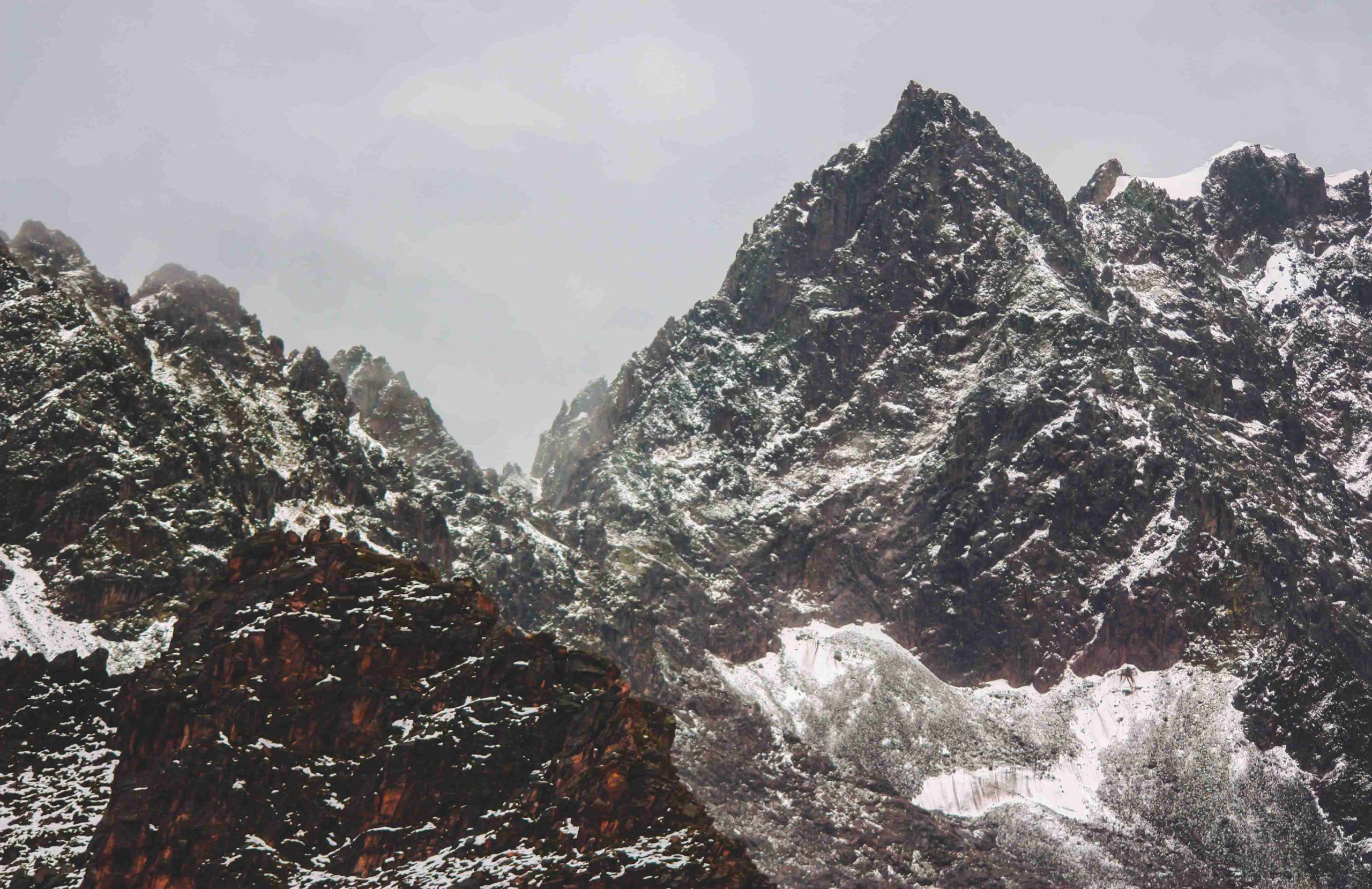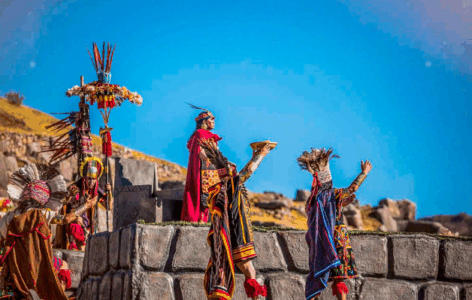The Amazon River of Peru is not only rich in biodiversity but also in a deeply spiritual and mythological heritage.
Among its most fascinating myths is that of the Yacuruna—mysterious water spirits who dwell in the depths of rivers and lakes, holding immense power and profound symbolism for indigenous communities.

Who Are the Yacuruna in The Amazonian River?

The term Yacuruna comes from the Quechua words “yaku” (water) and “runa” (person), meaning “water person.”
In the oral traditions of various Amazonian cultures, particularly the Shipibo-Conibo, Asháninka, and Aguaruna, the Yacuruna are described as powerful beings who live in an inverted world beneath the river.
Artists and storytellers often portray these beings as humanoid with fish-like features, long hair, and backward-facing feet.
By day, they sleep in underwater palaces made of crystal and gold, mirroring the cities of humans.
By night, they roam the rivers in the form of giant river creatures or seductive humans, luring people into their watery realm.
River’s Guardians or Kidnappers?
There is an ambivalence in the role of the Yacuruna. Some stories speak of them as protectors of sacred water places, capable of healing and teaching spiritual knowledge.
People believe these beings possess deep wisdom and sometimes consider them allies of shamans, particularly during ayahuasca ceremonies.
Shamans may even journey spiritually to the Yacuruna’s world to retrieve lost souls or gain mystical insight.

However, in many myths, they are also kidnappers—abducting humans (often beautiful women or skilled healers) to make them their spouses or companions.
The abducted are said to forget their past lives and live eternally beneath the River, only recognizable by their distant gaze and strange behavior if they ever return.
Symbolism and Spiritual Meaning
The myth of the Yacuruna reflects a deep understanding of the relationship between humans and the natural world. Water is life-giving, mysterious, and dangerous—just like the Yacuruna. Their world represents the unconscious mind, the spirit world, and the hidden truths that lie beneath the surface of ordinary life.

Some anthropologists interpret the Yacuruna myth as a metaphor for illness and healing, especially in cases of soul loss or psychological trauma. Being taken by a Yacuruna may symbolize a journey through illness, while being rescued or returning signifies healing through shamanic intervention.
Yacuruna in Modern Amazonian River Culture

Despite the influence of modernization and Christianity, belief in the Yacuruna persists in many communities today.
These stories are passed down through generations and still shape how people interact with the rivers, approach spiritual illness, and understand the unseen forces around them.
In art, music, and rituals, the Yacuruna continue to inspire and warn—reminding people of the power, beauty, and danger that dwell beneath the surface.
In art, music, and rituals, the Yacuruna continue to inspire and warn—reminding people of the power, beauty, and danger that dwell beneath the surface.
References
- Shepard, G. H. Jr. (2004). “A Sensory Ecology of Medicinal Plant Therapy in Two Amazonian Societies.” American Anthropologist, 106(2), 252–266.
- Luna, L. E. (1986). Vegetalismo: Shamanism Among the Mestizo Population of the Peruvian Amazon. Stockholm Studies in Comparative Religion.
- Reichel-Dolmatoff, G. (1971). Amazonian Cosmos: The Sexual and Religious Symbolism of the Tukano Indians. University of Chicago Press.
- Arévalo, P. (2011). La Cosmovisión de los Pueblos Indígenas Amazónicos: Relatos y Saberes Ancestrales. Lima: IWGIA.



